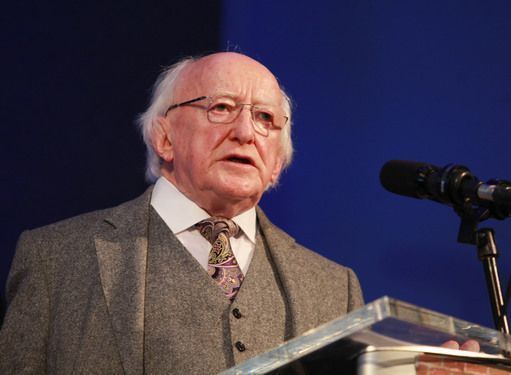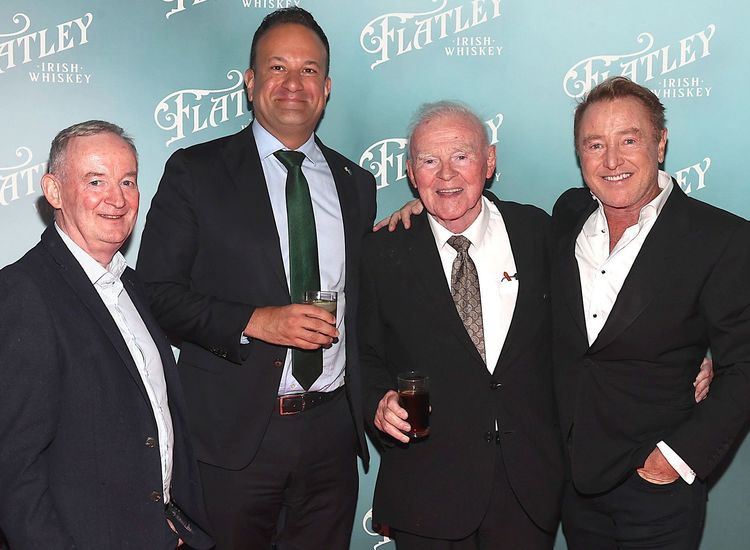Astronaut Buzz Aldrin stands on the Moon's surface near the leg of the Lunar Module “Eagle” during the Apollo 11 moonwalk.
Reflect for a moment, if you would, upon the July of 50 years ago. Many readers can recall it — and whether you were 8 or 43 at the time, it has stayed in the memory. Think of the remarkable changes that have happened since; though anyone with a sense of history knows the transformations of the previous half-century were rather more dramatic. Anyone you knew then who had just retired, or was about to, had been alive during some of the most traumatic times in human history and had been witness also to rapid technological development.
For our purposes here, think of a cohort of three or four American-born people who turned 66 in or near the summer months of 1969. TV Guide was likely a part of their lives, and they’d seen the rise of television over the previous two decades or so; when they were children, cinema was establishing itself as the predominant form of popular entertainment; and then radio become a major force when they were in their 20s and 30s.
Our group was over 30 when Social Security was established, partly as a response to the traumas of the Great Depression. Before that time, half of all seniors lived in poverty. These days, it’s less than 10 percent.
The males in our group would have been much less likely than others in the 20th century to have served in the armed services during wartime, being 13 and 14 during American involvement in World War I and 38 to 42 during World War II (though, as Andy Rooney once crankily pointed out, most of the Greatest Generation who joined up for the latter conflict were not in the firing line). Nevertheless, they were citizens of a nation involved in the two biggest conflicts in world history. At the end of the second war, word came through from Europe about the Holocaust and then from Asia the news that it was now possible to do in an instant what previously would have taken several days or nights – i.e., destroy a city
The U.S. had helped defeat fascism and Nazism, and people began to ask why they couldn’t have some of the same freedoms at home they’d been fighting for abroad — although it was a feeling tempered by the rise of the Cold War and the accompanying Red Scare.
In general, many working people in the U.S. and other Western countries experienced a prosperity that previous generations could only dream about
Some technological changes were dramatic, like the mass production of the automobile. Others were important but didn’t hugely change behavior. For instance, while the 20th century saw the mass use of the telephone in homes, anyone who’d reached the age of retirement in the late 1960s had a lifetime of experience with letters and postcards, the mail being the usual way of staying in contact with loved ones and others living away from home.
The most memorable technological moment of the American century, however, began on July 16, 1969 – the eight-day Apollo 11 mission to the Moon by astronauts Neil Armstrong, Buzz Aldrin and Michael Collins. The plan was that Collins would be left behind in the spacecraft while the other two would travel to the Moon’s surface via Lunar Module “Eagle.”
Our 66-year-olds watching this on TV were infants, babes in arms, when something remarkable happened four miles south of Kitty Hawk, N.C.
On Dec. 17, 1903, the 36-year-old Wilbur Wright and his brother Orville, 32, made the first controlled sustained flights of a powered, heavier-than-air aircraft. The fourth and last on that day, was of 59 seconds’ duration.
The brothers who ran the Wright Cycle Company at 1127 W. Third St., in faraway Dayton, Ohio, made sure to get their news out, but it was misreported in the few papers that carried it and disbelieved nationally and beyond. Just another crazy flying-machine story, people said.
The French specialists in the field didn’t take it seriously because of the newspaper exaggerations of what exactly had taken place on the sand dunes in North Carolina. This gave the Wrights time in 1904 and 1905 to develop a “machine of practical utility" in a field called Huffman Prairie, eight miles east of the Dayton city line. The Dayton Daily News and its main rival the Journal turned up early on, but the happening — as young people might have called it in 1969 — was rained out. Indeed on any occasion that someone of consequence showed up there was a weather issue or the flying machine didn’t perform. The exception was Amos Root, editor of a journal about bees, devout Christian advocate and technology enthusiast. The Wrights gave him permission to write an account of the extraordinary thing he’d witnessed. He sent it to Scientific American, for which he had written several articles previously. The editors declined his Dayton report. The publisher of the Dayton Daily News and future Democratic presidential candidate James M. Cox (in 1920, with FDR on the bottom half of the ticket) could not believe how the story had escaped his grasp before the fall of 1905.
Some of the city’s denizens, however, did hear through the grapevine about what was going on and made the special trek out to Huffman Prairie. There they might see the plane high up and flying around for extended periods. One such spectator was the brothers’ landlord at their workplace.
“It was beyond my comprehension,” he said. “I just took my hat off and sat down.”
An estimated one million people in the vicinity of Kennedy Space Center in Florida saw Apollo 11 take off from Launch Complex 39A, 50 years ago next Tuesday. Four days later, Armstrong said: "Houston Tranquility Base, here. The ‘Eagle’ has landed."
It may be that we’ve lost a sense of wonderment and awe and that could be a reason why some doubt that the 21st can also be an American century. NASA put men on the Moon, but short-term vested interests dismiss its warnings about climate change. And the sorts of people that said the Apollo missions were staged hoaxes have almost become mainstream.
But let’s stay optimistic and say, “Here’s to the next 50.”










